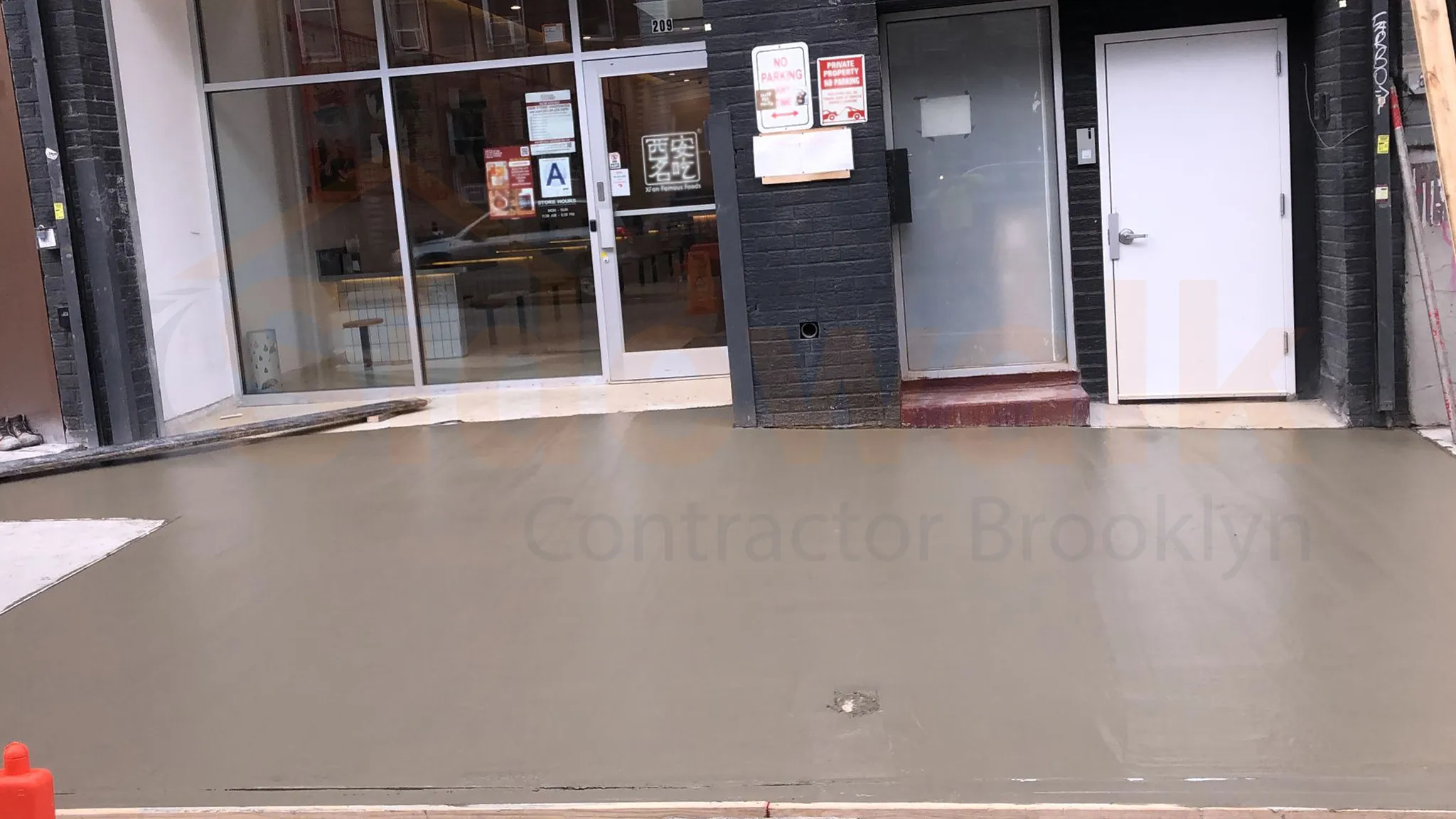
Sidewalk Evolution from Ancient Paths to Urban Streets
Sidewalks have long been integral to urban life, evolving from rudimentary footpaths to essential components of modern city infrastructure. Their development reflects broader societal shifts, technological advancements, and changing urban planning philosophies.
The Historical Journey of Sidewalks
Sidewalks have existed for thousands of years, first appearing in ancient Mesopotamia (modern-day Iraq) around 4,000 years ago. In Babylon, under King Nebuchadnezzar, raised stone paths separated pedestrians from carts, an early version of the sidewalk. The Romans later improved on this idea with their sēmitae, elevated walkways alongside roads to protect foot traffic.
However, during the Middle Ages (500–1500 CE), urban planning declined, and sidewalks largely disappeared. Streets became narrow and crowded, with little distinction between pedestrians and vehicles.
The concept of sidewalks reemerged after London’s Great Fire of 1666. New building laws in 1671 required paved streets and designated raised footpaths to improve safety and organization.
In the 19th century, urbanization drove the development of modern sidewalks. Paris led the way in the early 1800s by installing paved pedestrian paths, followed by New York City, where the Commissioners' Plan of 1811 formally introduced sidewalks as part of Manhattan’s street grid.
While raised paths date back thousands of years, the structured, modern sidewalk truly became common during the 1800s with the rise of organized urban development.
The Evolution of Sidewalks
Sidewalks have continued to advance, especially in New York City. In the early 1900s, the city began replacing older materials with concrete, creating longer-lasting, easier-to-maintain pedestrian pathways. Sidewalk regulations and zoning laws were also strengthened to standardize construction and maintenance practices.
Innovation in sidewalk design accelerated further in the mid-20th century. In the 1940s, New York City incorporated curb cuts into sidewalks, enhancing accessibility for wheelchair users and other mobility challenges. The Americans with Disabilities Act of 1990 further expanded these efforts, mandating the inclusion of curb ramps to ensure sidewalks accommodated people with disabilities.
Most recently, in February 2025, the New York City Council Introduced legislation requiring a comprehensive study and plan for the installation of tactile paving on the sidewalks. Tactile paving, with its textured surface, assists visually impaired pedestrians by providing the sensory cues detectable by foot or with a cane.
These advancements reflect New York City’s ongoing dedication to creating a safer, more accessible and more inclusive pedestrian environment, continuing a journey that began thousands of years ago.
The Future of Sidewalks
Looking ahead, sidewalks are becoming smarter and greener. Innovations like solar-powered paving, permeable concrete that reduces runoff, and embedded sensors that monitor foot traffic and air quality are shaping the sidewalks of tomorrow. Future designs aim to balance technology, sustainability, and accessibility in urban environments.
Conclusion
From ancient stone paths to high-tech pedestrian networks, sidewalks have been essential to how cities grow and function. As urban areas continue to evolve, sidewalks will remain at the heart of making streets safer, more inclusive, and more sustainable for everyone.
